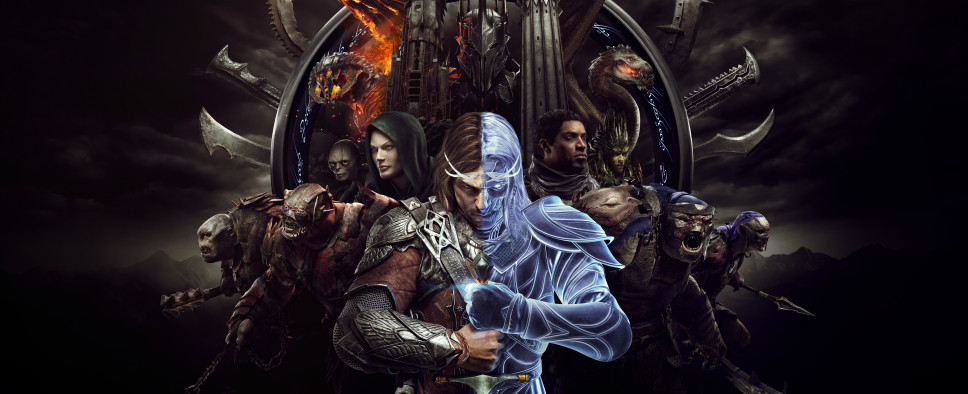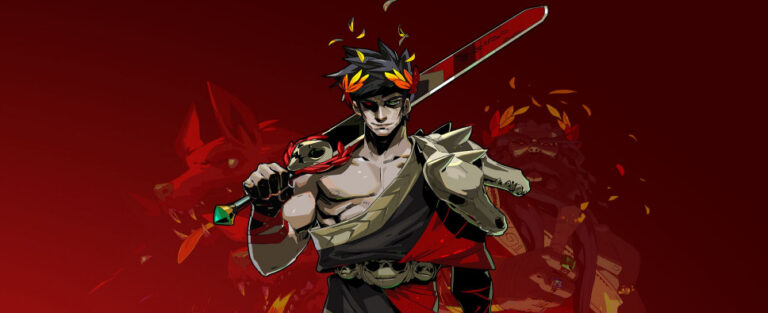Warner Bros. and Monolith have been giving the press hands-on time with Middle-earth: Shadow of War, and that has led to a fistful of new developer commentary-filled previews for the action RPG sequel around the ‘net.
PC Gamer:
Like Shadow of Mordor, meeting an enemy war chief kicks off a short cinematic where the uruk says something mean, usually, and then comes at you. Ogg sang a cute (mean) song about killing me, which sent my imagination racing. I’d break Ogg, use the elf ghost inside of me to bend him to my will, then travel the land, searching for more bards to convert until I had an entire fortress led by uruk bards. We wouldn’t defeat Sauron with fire and blood, but a chorus of mucus-strained voices, crying out for peace and winning over the meanest, ugliest brutes with sick lute solos.
I can’t help but think Tolkien would approve.
IGN:
This time around I went for a straightforward approach. I warped up to the ramparts, took out as many archers as I could, and headed for the objectives. Actually fighting the army of orcs on the walls and in the courtyards felt comfortable. I’ll admit I played Shadow of Mordor recently to shake off the cobwebs, but the fighting system is as familiar and accessible as ever, yet now more involved.
There are a ton more abilities to use, like the ghostly wraith glaive that lets you rip through thick groups of Uruks with greater reach and wider arc than your sword allows. But the gameplay is very much that balance of using your abilities to drain and dominate your enemies while saving charged up skills for captains and warlords. Multiple times I was left scrambling, running circles around a warlord and his three captain bodyguards while trying to stay alive long enough for my forces to whittle down their numbers, or distract them so I could replenish health by draining an Uruk somewhere safe.
GameSpot (which has a full interview included):
It’s a credit to Shadow of War’s Nemesis system, returned and expanded upon from Shadow of Mordor, that other journalists who played during the hands-on event had vastly different experiences with their individual Fort Assaults. One breezed through and easily took the fort, with their follower’s randomly generated strengths and weaknesses matching up well against the overlord and their warchiefs; others, meanwhile, experienced various levels of failures and successes. The Nemesis system–which now also incorporates the characteristics and stories of orcs you manage to turn to your cause–was the standout feature in Mordor, and even with my brief time with Shadow of War, it seems clear that Nemesis will once again be the thing players will talk about most with Monolith’s new game.
The randomness and surprise inherent in Nemesis even seems to take its creators by surprise. At one point during our first look at Shadow of War, Monolith creative VP Michael de Plater expressed surprise at a type of orc warchief he’d never seen before. After our gameplay session, I chatted with de Plater about the Monolith team’s attempt at surpassing the extremely well-received first game, and he spoke candidly about the pressures of making a big-budget game in today’s environment.
Shacknews:
The premise of the Fort Assault is to lead a massive army into battle, taking the various capture points within the fort that are guarded by powerful war chiefs. Then it’s time to head into the tower to take on the overlord. Each of the fortresses are unique in their defenses, whether they’re protected by fortified stone walls, poison spouts that prevent climbing, or stronger hunters and beasts. The rush unfolds with the third-person action that Shadow of Mordor players have come to expect, but there’s also a heavy amount of strategy involved. It’s not just in how Talion individually approaches these forts, either, though whether he rushes straight into enemy forces or stands back and launches arrows at distant archers is a key part of these offensives.
Prior to battle, Talion can bolster his forces in different ways. Upgrades include buffed-up soldiers, sappers that rush the stone walls and kamikaze themselves to create openings, massive siege beasts that flank orc infantry, and even wild drakes that take to the skies and rain down dragonfire on all forces (sometimes even your own). Each of these selections fill their own category and the best choices will often depend on the fortress’s own defenses. Players can make their choices with hard counters in mind, but they can also look at the option they feel can simply cause the most damage and run with that.
Polygon:
Once through the walls, Shadow of War played much like Shadow of Mordor. I was breaking enemy’s guards, staggering them and moving in for the kill. I was flipping and flinging myself out of harm’s way and, when necessary, deftly blocking attacks with a well-timed parry.
The running battle was close-quarters, fought along the muddy streets of a medieval hamlet. As each capture point was taken, the enemies would break and run seeking to reinforce the next. What stood out to me during the early battle was Monolith’s use of color language. A colored vignette would creep in from the sides of the screen at times, a warm red when Talion’s health level got too low and green when he was poisoned. When he was over a capture point, the screen turned blue.
Ars Technica:
To be fair to this sequel, when I battled evenly matched enemies, I enjoyed the supernatural twists that Monolith applied to Shadow of Mordor’s combat. I could hop on a fire-breathing dragon or enemy-stomping creature and apply wide swaths of fire and death. I felt a tingle of excitement when I cleared out enough space to dominate an enemy (though this domination process currently takes a lot longer than preview videos may make you believe). I liked slowing down time to rain arrows on distant foes and Spiderman-crawl up and over giant walls to stab pesky snipers.
Monolith may honestly have found an interesting way to make this kind of battling more difficult: by forcing players to do pre-battle homework. Successful adventurers will need to engage in the meta of outside missions and truly prepare before dealing with four or five mega-foes in a fortress. Additionally, Shadow of War’s producers insist that “death is an opportunity.” In some cases, your surviving allies will remember a failure and step up to either save you or take out a specific war chief. In others, your failure will generate an opportunity for a specific mission that you can take on to wear down a difficulty spike in a fortress siege.
FextraLife:
To earn high powered weaponry you’ll have to target some tougher enemies. The rare weapons have added attributes such as elemental damage and some feature challenges that you can complete to unlock even more attributes. You can unlock gem slots on your gear by paying currency and once you do you can slot gems you’ve looted from enemies.
Runes act like equipment but are inscribed on your ring of power. The runes confer passive abilities when equipped. The runes you can use add even more situational attributes and will combine to compliment a variety of playstyles. This all works to marry the lore to the gameplay as your ring features prominently in both.
Gamereactor:
Because we very much liked the way they were described, we picked a unit that summoned Shelob the spider’s little minions to the battlefield, however, this turned out to be a huge mistake because it turned out that our personal bodyguard had a feral fear of the eight-legged creatures, and therefore could hardly move during the siege. During a different game, we selected the option to summon a drake, and that turned out to be an altogether more successful decision (more on them later).
All of these abilities can be purchased with the in-game currency that is gathered during your progression in the story, however, the words “premium currency” were also briefly mentioned in this regard, although nobody wanted to elaborate on that further. Will this mean noticeably slower pacing for non-paying players? We’ll have to wait and see how this one plays out.






